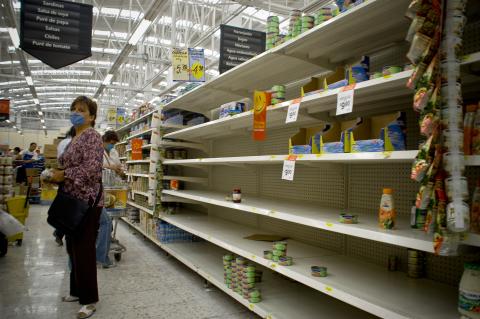More Than 50,000 US Stores Will Close By 2027 According To UBS

by Tyler Durden
"As of 3Q'22 (latest available data), retailers shed -1,500 net stores. This number is already up significantly in '23 with the likes of Bed Bath & Beyond, Foot Locker, Tuesday Morning and others closing stores recently" the UBS economists wrote.
"We believe this trend should continue in the years to come, with consumers consolidating their trips and shifting towards online channels. As underperforming retail stores are shuttered, it should help the store productivity of surviving locations," the report authors said, and predicted that over the next 5 years, "another 50,000 stores will close on the current store base of ~940K stores in the US (ex. gas and food service)."
"This simply implies that there will be -5% fewer stores by the end of '27. As this happens, we believe this trend will benefit the large, well-capitalized retailers HD, LOW, WMT, TGT, COST) and those with unique differentiations (FND, ASO, EYE) who stand to capture a disproportionate amount of market share." In other words, just like with US banks, the big players will only get bigger while the small ones disappear.
To put this in perspective, UBS calculates that assuming 50k stores close over the next five years and that the average sales per store is $5.7mm, it would translate to $285b of retail sales that are "up for grabs". Assuming that 26% of these sales go online (the bank's '27 estimate for penetration), it would mean that retailers like WMT, HD and COST have the potential to attract $210b in sales. This translates to $1,600 annual spend per household that has the potential to shift to the leading retailers.
The good news for big retailers is bad news for the small ones:
In our view, these smaller chains and mom & pops are most at risk of closures given these firms typically have less access to capital needed to invest in developing a robust omni-channel offering. As of 2020, 57% of retail stores are operated by firms with less than 20 employees and 68% of stores are operated by chains with less than 500 employees. These smaller chains shed -40K stores in the past 10 years while chains with 500+ employees added 17K stores.




























Comments
No Stores By The End of '23
Comment